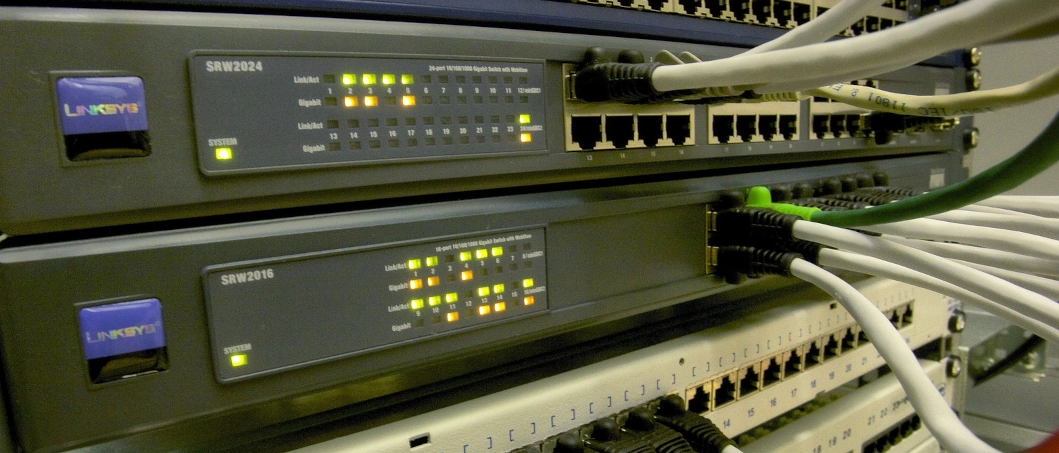Why Server Monitoring is Critical for Modern IT Infrastructure Management
In today's digital landscape, servers are at the heart of nearly every organization's IT infrastructure. They power applications, store data, and enable communication and collaboration among team members. As a result, server downtime or performance issues can have a significant impact on business operations, productivity, and even revenue.
That's where server monitoring comes in. Server monitoring is the process of monitoring a server's key metrics to ensure that it is running smoothly and performing optimally. These metrics can include CPU and memory usage, network traffic, and application performance, among others.
There are several reasons why server monitoring is critical for maintaining the health and stability of a server, including:
- Detecting and Addressing Issues Early: One of the primary benefits of server monitoring is that it allows administrators to detect and address potential issues early. By monitoring key metrics in real-time, administrators can identify performance issues, bottlenecks, or potential failures before they cause significant problems. This helps prevent downtime or outages and ensures that applications and services are always available when users need them.
- Improving Performance and Efficiency: Server monitoring can also help improve server performance and efficiency. By analyzing usage patterns and identifying areas of high resource consumption, administrators can optimize server configurations and ensure that resources are allocated appropriately. This can result in faster response times, better application performance, and more efficient resource utilization.
- Enhancing Security: Server monitoring can also play a critical role in maintaining the security of a server. By monitoring for unusual activity, unauthorized access attempts, or other security-related events, administrators can identify and respond to potential threats before they cause significant damage. This can include proactively applying security patches or updates, implementing access controls, and monitoring for potential security breaches.
- Ensuring Compliance: Finally, server monitoring is often essential for ensuring compliance with industry regulations or internal policies. By monitoring key metrics and generating reports, administrators can provide evidence of compliance to auditors or other stakeholders. This can help organizations avoid costly fines, legal issues, or reputational damage.
In summary, server monitoring is an essential component of modern IT infrastructure management. It allows administrators to detect and address issues early, improve server performance and efficiency, enhance security, and ensure compliance with regulations and policies.

When it comes to implementing server monitoring, there are several key considerations to keep in mind. These include:
- Choosing the Right Tools: There are many server monitoring tools available on the market, each with its own set of features and capabilities. It's important to choose a tool that meets your organization's specific needs and requirements. Some of the factors to consider include the number of servers you need to monitor, the metrics you need to track, and the level of granularity you require.
- Defining Key Metrics: To effectively monitor your servers, you need to define the key metrics you want to track. These will vary depending on the type of server and the applications or services it supports. Some common metrics to monitor include CPU and memory usage, disk I/O, network traffic, and application performance.
- Setting Thresholds and Alerts: Once you have defined the key metrics, you need to set thresholds and alerts for each metric. This will allow you to receive notifications when a metric exceeds a certain threshold, indicating a potential issue or performance problem. Thresholds and alerts should be set based on your organization's specific needs and requirements.
- Analyzing and Acting on Data: Finally, it's essential to analyze the data collected by your server monitoring tools and take action as needed. This may include adjusting server configurations, allocating resources more efficiently, or proactively addressing security threats. By analyzing and acting on data, you can ensure that your servers are running smoothly and performing optimally.
In conclusion, server monitoring is a critical component of modern IT infrastructure management. It allows organizations to detect and address potential issues early, improve server performance and efficiency, enhance security, and ensure compliance with regulations and policies. By choosing the right monitoring tools, defining key metrics, setting thresholds and alerts, and analyzing data, organizations can ensure that their servers are running smoothly and efficiently, supporting business operations and driving success.
While server monitoring may seem like a complex and technical task, it's essential for the success of any modern organization. By investing in server monitoring tools and processes, organizations can ensure that their servers are operating at peak performance, providing a reliable and secure foundation for their IT infrastructure. With the right monitoring in place, organizations can be confident that they are getting the most out of their servers, and that they are well-positioned to succeed in today's digital landscape.
Let's try! Find out the health of your servers
Start Your 14-Day Free Trial
Let us show you how easy it is to monitor servers
